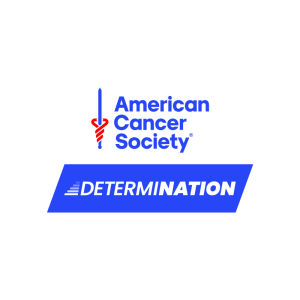Training, Prep & Health
Know your Risk
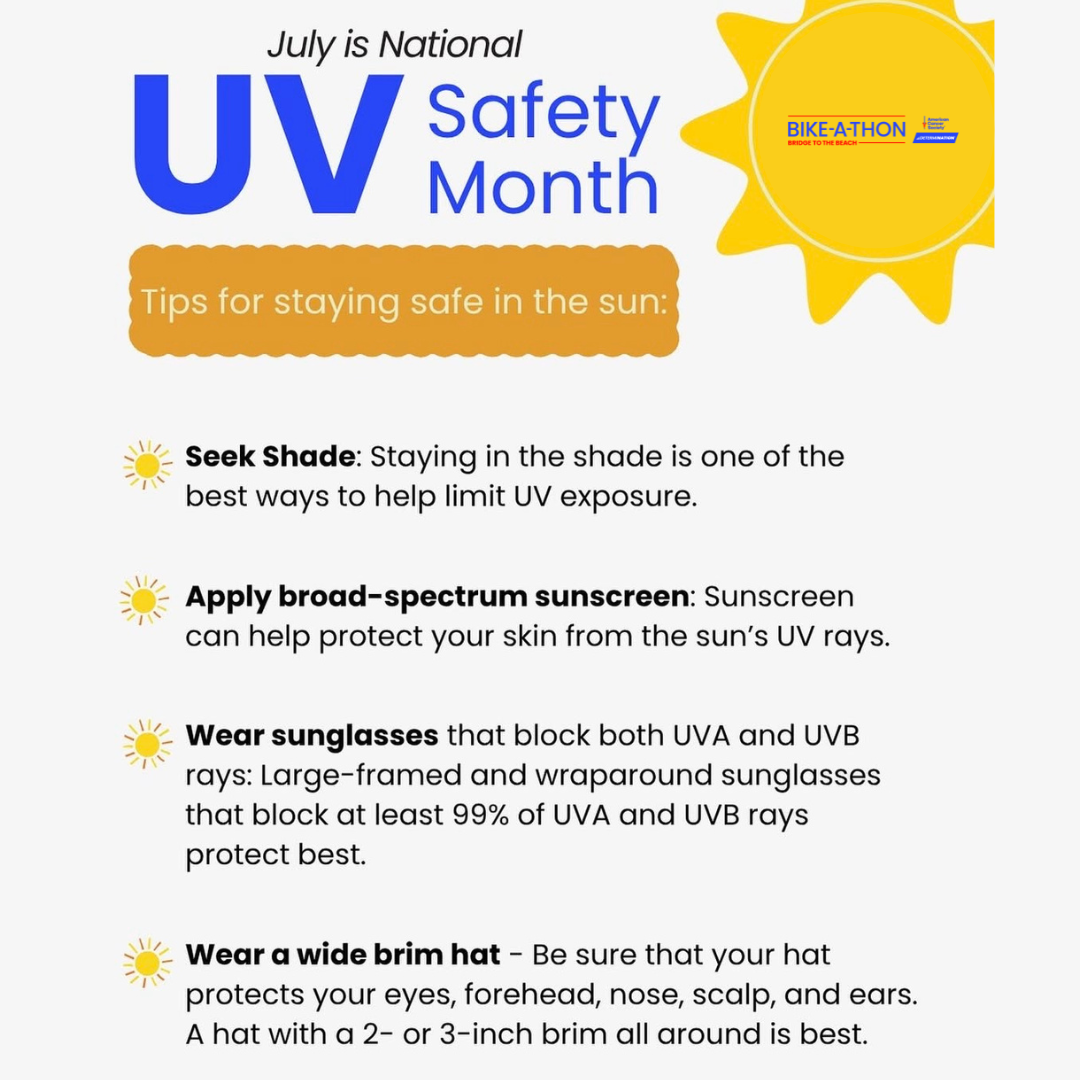
Sun Safety
Most skin cancers are caused by too much exposure to ultraviolet (UV) rays. Most of this exposure comes from the sun, but some can come from man-made sources, such as indoor tanning beds and sun lamps. People who get a lot of exposure to UV rays are at greater risk for skin cancer.
Protect yourself from the sun
Some people think about sun protection only when they spend a day at the lake, beach, or pool. But sun exposure adds up day after day, and it happens every time you are in the sun. Even though sunlight is the main source of UV rays, you don’t have to avoid the sun completely. And it would be unwise to stay inside if it would keep you from being active, because physical activity is important for good health. But getting too much sun can be harmful. There are some simple steps you can take to limit your exposure to UV rays.
Simply staying in the shade is one of the best ways to limit your UV exposure. If you are going to be in the sun, “Slip! Slop! Slap!® and Wrap” is a catchphrase that can help you remember some of the key steps you can take to protect yourself from UV rays:
- Slip on a shirt.
- Slop on sunscreen.
- Slap on a hat.
- Wrap on sunglasses to protect the eyes and skin around them.
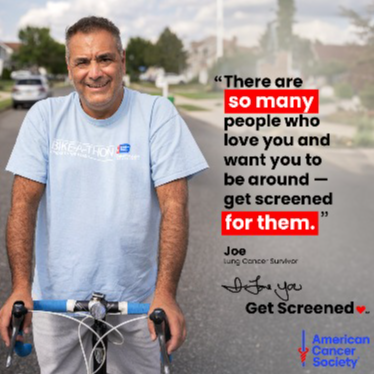
Cancer Screening Saves Lives
Screening tests are used before a person has any symptoms to help find cancer early, when treatment is more likely to be successful. Show yourself some love and make cancer screening a regular part of your life.
Screening Recommendations:
These recommendations are for people at average risk for certain cancers. Talk to a doctor about which tests you might need and the screening schedule that’s right for you. It’s a good idea to also talk about risk factors, such as lifestyle behaviors and family history that may put you or your loved one at higher risk.
Age 25-39 Screening Recs:
- Cervical cancer screening
Age 40-49 Screening Recs:
- Breast cancer screening
- Cervical cancer screening
- Colorectal cancer screening
- At age 45, African Americans should discuss prostate cancer screening with a doctor
Age 50+ Screening Recs:
- All of the above including...
- People who currently smoke or formerly smoked should discuss lung cancer screening with a doctor.
- Discussing prostate cancer screening with a doctor recommended.
For more information head to cancer.org/getscreened
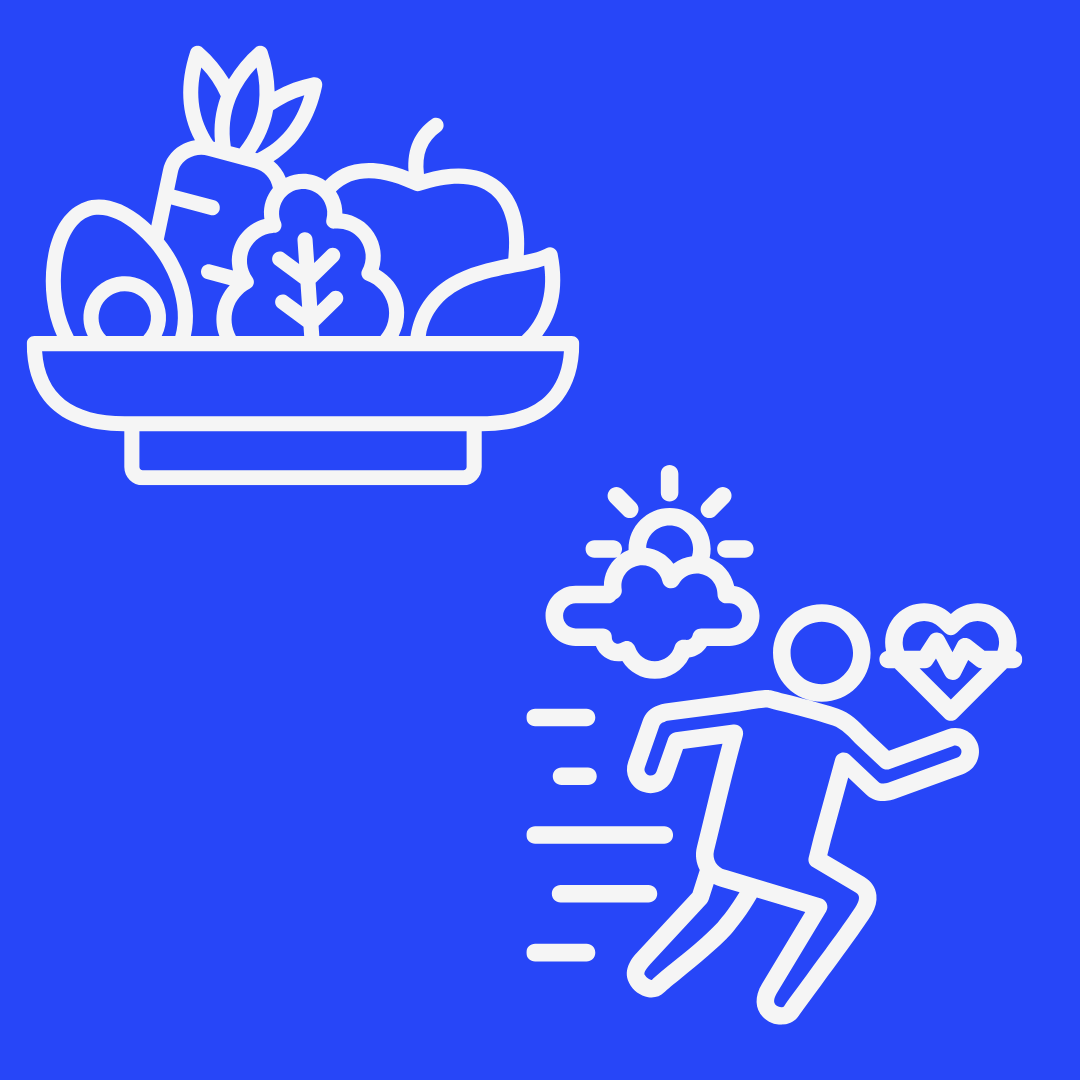
Healthy Eating and Active Lifestyle
How much do daily habits like diet and exercise affect your risk for cancer? More than you might think. Research has shown that poor diet and not being active are key factors that can increase a person’s cancer risk. The good news is that you can do something about this.
Besides quitting smoking, some of the most important things you can do to help reduce your cancer risk are:
- Get to and stay at a healthy weight throughout life.
- Be physically active on a regular basis.
- Follow a healthy eating pattern at all ages.
- Avoid or limit alcohol.
The evidence for this is strong. The World Cancer Research Fund estimates that at least 18% of all cancers diagnosed in the US are related to body fatness, physical inactivity, alcohol consumption, and/or poor nutrition, and thus could be prevented.
Take the first step toward a healthier you with ACS CancerRisk360, personalized cancer risk assessment at acscancerrisk360.cancer.orgThis is a new text field ready for your content.
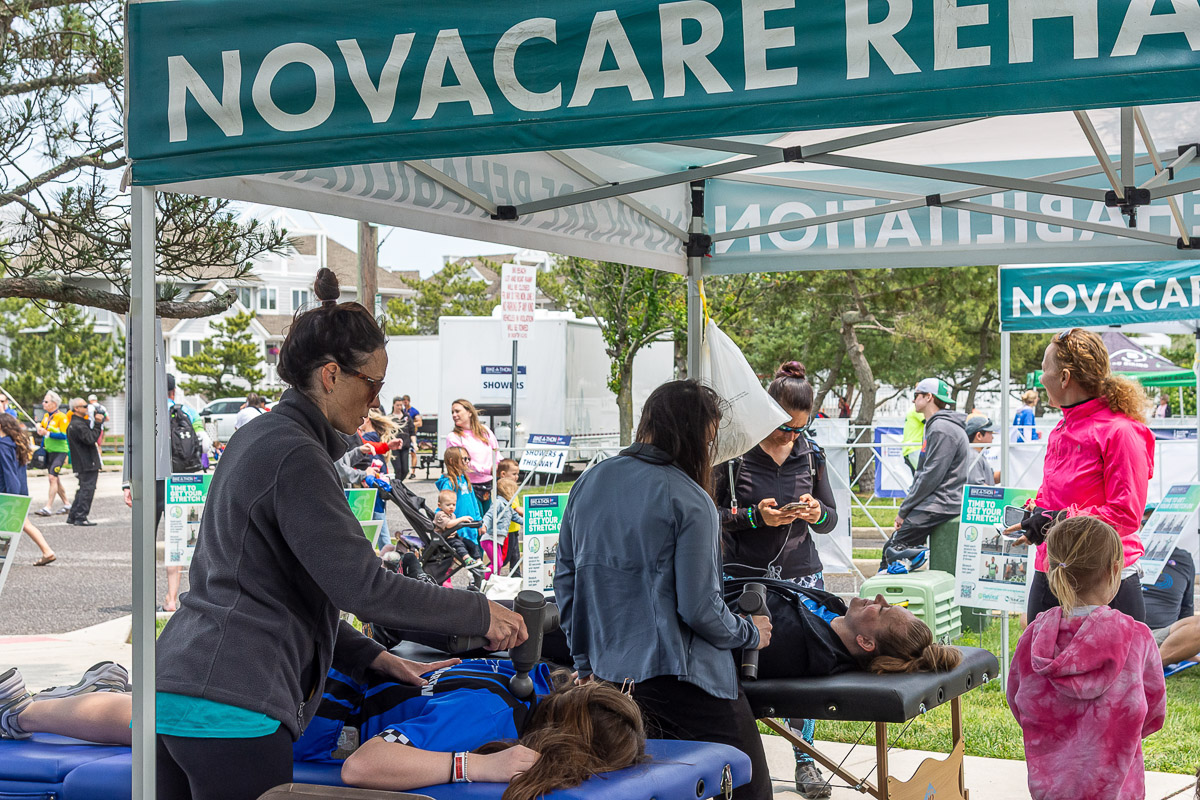
Get Your Stretch on with NovaCare and ReVital
It is important to make stretching a key part of your physical activity routine before and after your workout, and for prolonged activity also during your workout. Stretching helps to loosen your muscles and tendons. It increases your range of motion, flexibility, blood flow, overall performance and helps avoid injury. Aim to stretch each major muscle group at least twice a week, spending 30 seconds x 3 on each stretch.
It’s also especially important for cyclists to build strength and flexibility in the following muscle groups.
- Work to strengthen the longus colli muscles of the neck. This muscle is a deep neck flexor.
- Test: There is a 3-minute test to assess if the muscles are adequately strong. Lie face up on a bed or table with the shoulders firmly supported on the bed, with the head over the end of the bed or table. You should be able to hold your head in a chin tucked, straight neck (in line with body) position over the bed/table for three minutes. An athlete who is able to hold this position for three minutes has good longus colli strength. If unable to do so, then the longus colli is likely unable to counterbalance the postural stress of the cycling position and must be addressed with exercise.
- Exercise: To strengthen the longus colli muscles, lay on your back on a flat surface and tuck your chin very lightly by nodding your head 1-2 inches in excursion. Nodding greater than this will activate larger muscles and reduce the work of the longus colli. Nod your chin 30 x then rest and repeat for 3 rounds twice a day. Repeat this exercise up to 4 days a week.
- Strengthen the upper trapezius and periscapular (muscles between the shoulder blades). It is difficult to have bad posture if the shoulder blades are in good position. Stabilizing your shoulder blades will effectively stabilize your neck. This platform needs to be stable to ensure a pain-free neck.
- Stretch tight neck muscles by moving the neck front to back and side to side. You should feel a good range of motion and a comfortable stretch in the muscles. Performing a corner stretch for the pectoral muscles can help reduce rounded shoulder posture as well.
